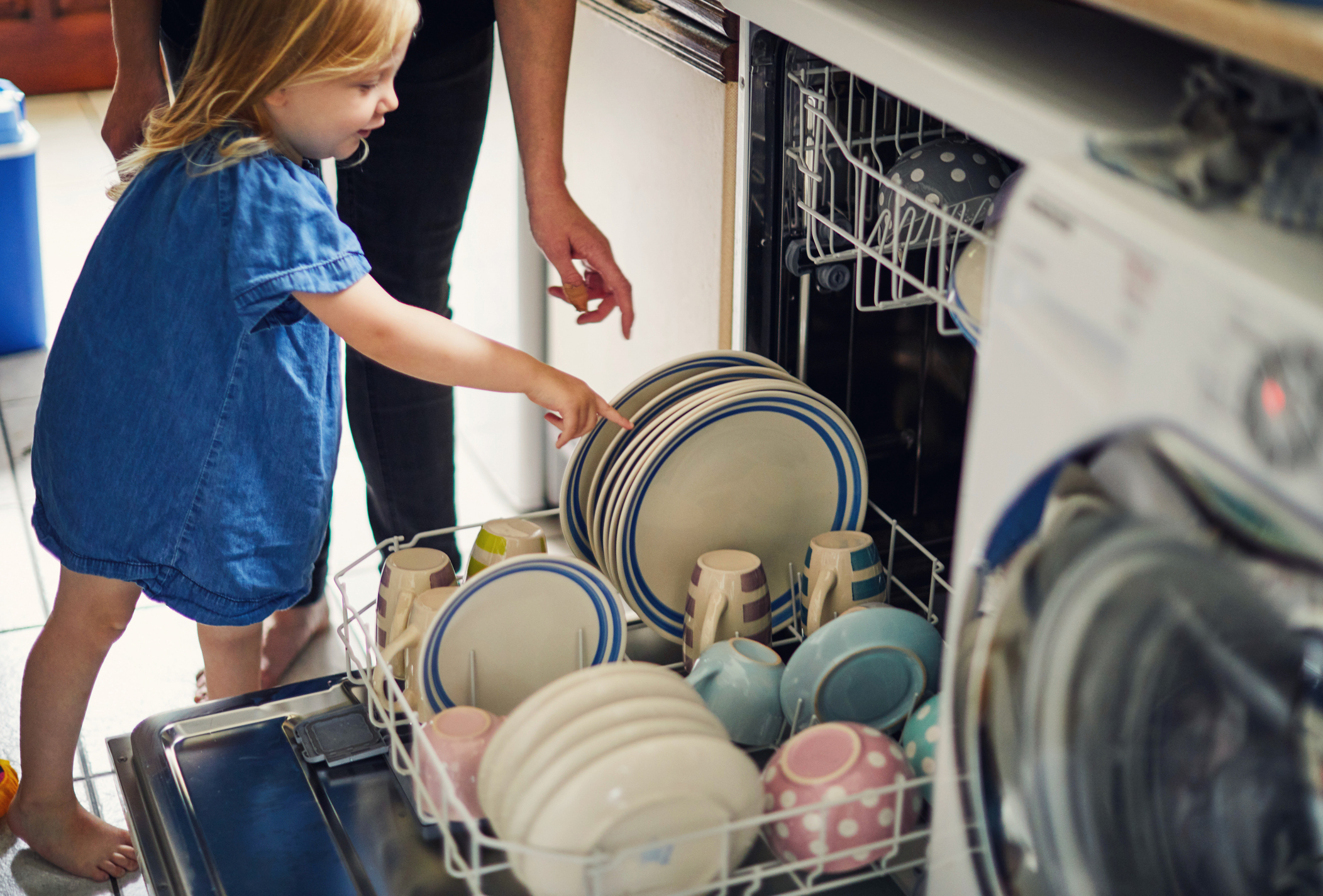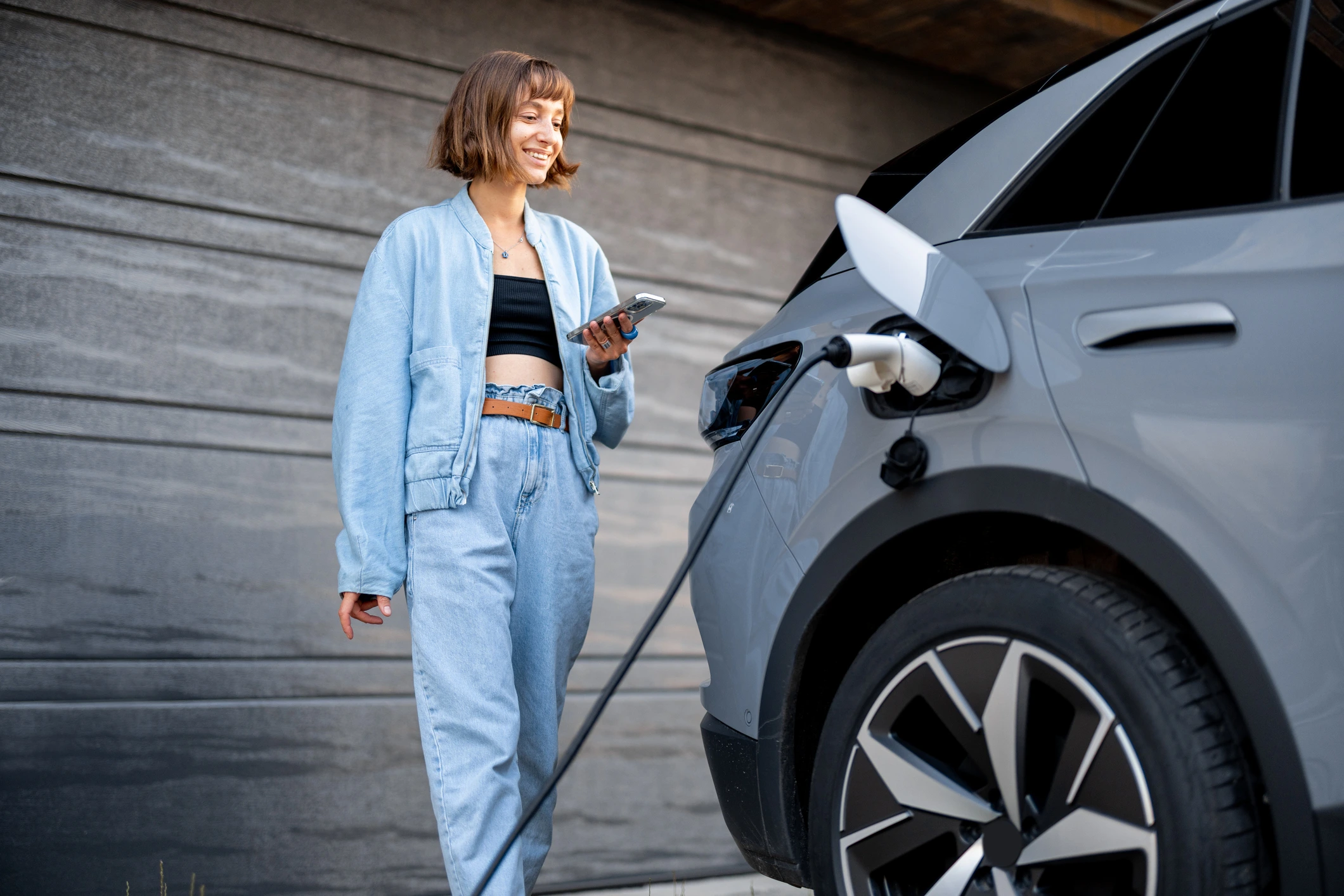November 2025
What uses the most electricity in a home?
Discover which household items consume the most electricity and get practical tips to reduce your energy usage and lower your bills.

It’s wet appliances like washing machines, dishwashers, and tumble dryers that use the most electricity in a typical UK home – using a substantial 14%* of a home’s total energy use. These are closely followed by cold appliances like fridges and freezers, taking up 13%* of your electricity. Not really surprising, as they have to run constantly at low temperatures to keep your food cold.
Understanding how much power each appliance uses can help you make smarter, more energy-efficient choices. In this guide, we’ll break down which household devices use the most electricity, how much they cost you, and what you can do to cut down their impact.
Top energy consuming appliances
Washing machines and dishwashers
These appliances are among the biggest energy users in most homes, mainly because they heat water for each cycle. Washing clothes at high temperatures or running multiple dishwasher loads a week can quickly add up on your electricity bill.
To cut costs, try using eco or quick-wash settings, run full loads whenever possible, and wash clothes at lower temperatures. Modern detergents are just as effective at 30°.
Fridges and freezers
Fridges and freezers are among the few appliances that run 24/7, using electricity continuously to keep food at safe temperatures. Because they’re always on, even small inefficiencies can make a big difference over time. Keeping them well ventilated, regularly defrosted, and set to the right temperature (around 4°C for fridges and -18°C for freezers) can help reduce energy waste.
Heating and hot water
Heating and hot water make up for a large chunk of household energy use, especially in colder months. Electric heaters, immersion tanks, and poorly insulated systems can quickly drive up electricity bills. To save energy, you can lower your thermostat and water heater temperatures by just a couple of degrees to make a big difference, without compromising on comfort. Insulation is a must, but can be big investment if you don’t already have it.
Cooking appliances
Ovens, hobs, and microwaves all use a lot of energy, particularly when used regularly or for long periods. Electric ovens are the biggest culprits, as they take time to heat up and maintain high temperatures. Choosing energy-efficient appliances is key when you’re ready to upgrade. And simple things like using lids on pans, and batch-cooking meals, can help reduce energy use.
Entertainment and electronics
Devices like TVs, computers, and gaming consoles may not seem power-hungry individually, but together they can make a noticeable impact – especially when left on standby. Turning off devices completely when not in use, using energy-saving modes, and unplugging chargers can all help reduce unnecessary waste.
Electric vehicle home charging
Charging an electric vehicle (EV) at home can consume a substantial amount of electricity. With the growth of EV adoption, it’s becoming one of the largest single energy uses in modern households. Homeowners can explore special EV tariffs and solar integration to help balance costs and sustainability. For example, So Energy offer So EV with a super-low 6.5p a kWh charging rate to help cut costs.
Factors that influence energy consumption
Several factors can affect how much electricity a household uses:
- Usage patterns: The more often or longer you use an appliance, the more energy it consumes. Frequent washing cycles, long showers, or leaving electronics on standby can all increase overall consumption.
- Appliance age and condition: Older or poorly maintained appliances typically use more electricity than newer, energy-efficient models. Worn-out seals, outdated motors, and inefficient components can all drive up usage.
- Energy-efficiency ratings: Appliances with high efficiency ratings (such as A+++ or Energy Star) use far less power to perform the same tasks as lower-rated ones, helping reduce both your carbon footprint and electricity bills.
Tips to reduce electricity usage
Cutting down on electricity use doesn’t have to mean sacrificing comfort. Small changes can make a big difference. Here are some practical ways to save energy and lower your bills:
- Use appliances during off-peak hours: Take advantage of time-of-use tariffs like So Energy’s So Unique, which offer cheaper electricity rates during certain hours. Running washing machines, dishwashers, or EV chargers overnight or in low-demand periods can lead to noticeable savings.
- Maintain your appliances: Regularly cleaning filters, defrosting fridges and freezers, and servicing heating systems keeps appliances running efficiently and prevents them from using more power than necessary.
- Invest in energy-efficient models: When it’s time to replace an appliance, choose one with a high energy efficiency rating (A+++ or Energy Star certified). Though the upfront cost may be higher, the long-term savings on electricity make it worthwhile.
- Unplug and switch off: Turn off devices completely when not in use. Standby power can account for up to 10% of a home’s electricity use.
- Optimise heating and lighting: Use programmable thermostats, LED bulbs, and natural daylight wherever possible to further reduce consumption.
Understanding energy labels and efficiency ratings
Energy labels are a simple yet powerful tool to help you compare how efficiently different appliances use electricity. In the UK and across Europe, most household appliances are rated on a scale from A to G, with A-rated models being the most energy-efficient and G-rated the least. These labels also display useful details like annual energy consumption and noise levels, helping you make informed choices before buying.
Choosing appliances with higher energy ratings might cost a little more upfront, but they use significantly less electricity over their lifetime. For example, upgrading from a D-rated fridge to an A-rated one can save dozens of pounds a year in running costs.
Summary
For a quick overview, in a typical home, heating, hot water, washing machines, dishwashers, fridges, freezers, cooking appliances, and electronics use the most electricity. With EV charging on the rise, energy consumption is growing, making efficient appliances and smart time-of-use tariffs key to lowering bills and reducing waste.
Electricity consumption FAQ
What draws the most electricity in a home?
The biggest electricity users in most homes are heating and hot water systems, wet appliances (like washing machines and dishwashers), and refrigeration. These appliances either generate heat or run continuously, both of which require significant power.
What wastes the most energy in a house?
Energy is most often wasted through inefficient heating, poor insulation, and leaving appliances on standby. Overfilled fridges, long hot showers, and running half loads in washing machines also contribute to unnecessary electricity waste. Small habits, like unplugging chargers and using energy-saving settings, can make a big difference.
What is the most expensive electrical item to run?
Electric heating systems and tumble dryers tend to be the most expensive electrical items to run because they use large amounts of power over extended periods. Other high-cost appliances include electric ovens and immersion heaters. Using these efficiently and during off-peak hours can help reduce costs.
What household items use the most electricity?
The top electricity-consuming items typically include:
- Washing machines and dishwashers
- Fridges and freezers
- Electric heating and hot water systems
- Cooking appliances (ovens and hobs)
- Entertainment devices and electronics
- Electric vehicle chargers
Together, these make up the majority of a home’s electricity bill, making smart usage and energy-efficient upgrades key to saving money.
*Percentage figures are taken from an article by the Energy Saving Trust.







%202.webp)